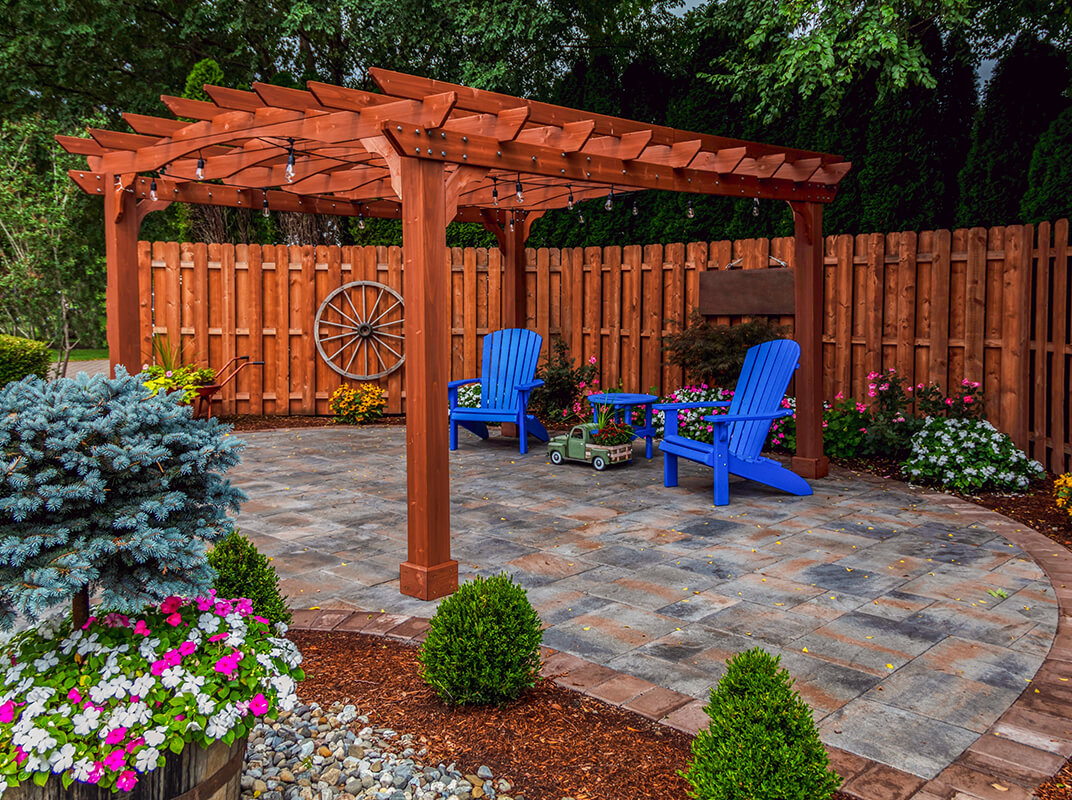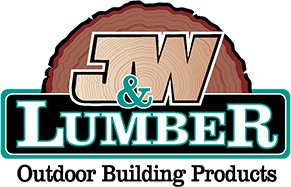
Building a pergola is a project you can tackle on your own. However, as with any other DIY project, planning ahead sets you up for success.
From gathering the right type and amount of materials to ensuring a safe dig, here are five tips to keep the project affordable and aligned with your vision.
Tip #1: Choose a Cost-Friendly Building Material
Douglas Fir is the least expensive patio cover option and will automatically keep costs down. J&W Lumber stocks rough sawn, premium-exposed Douglas Fir, which is a higher-quality grade than what’s normally found at big-box stores. It’s a great choice for your pergola beams and posts.
Another cost-friendly option to create a simple, streamlined look is using LINX hardware. Straightforward instructions make for easy installation, ideal for DIYers.
Furthermore, when combined with a surface construction common redwood (which J&W Lumber also carries in stock), homeowners get an affordable price and a long-lasting, aesthetically pleasing look.
Tip #2: Determine Board Sizing
When designing a pergola, it’s important to note that lumber comes in 2-ft. increments, but usually skips 14- and 18-ft sizes. Therefore, as an example, if you plan to build a 10×18-ft. pergola, you’ll end up paying for 20-ft. lumber.
To save on costs, determine the length of the wood before you start digging, and design a pergola based on the sizes already available to avoid overpaying for lumber you’re not going to use.
Tip #3: Outline the Space
Roughly outline where you want to build by using a rope to shape where the pergola will go. This will help you determine its size as well as see where the sun will hit the structure during different times of the day.
You’ll be able to optimize shade coverage and avoid unintentionally heating your interior through a sliding glass door or window that could otherwise be protected by your patio cover.
Tip #4: Attach the Pergola to Your Home
The simplest and most cost-effective way to build a pergola is to attach it to your home, versus leaving it freestanding.
This option saves time, money, and labor by eliminating the number of beams and posts necessary. Plus, keeping the lumber dimensions simple with 4x4s and 2x2s can help with budgeting.
Tip #5: Dig Safely
Before you dig, dial 811. Your local utility company will come out for free to mark utility lines to prevent potential damage.
It’s an important preventative measure that offers a significant savings advantage since an unchecked dig may result in costly repairs to utility lines and/or your property.
Before You Build, Stop by J&W Lumber
There are details and nuances that go into any build, many of which homeowners may not be aware of. Before you get started, stop by and speak with one of our friendly store representatives to help point you in the right direction and keep your budget on track.
We’re here to answer any questions and help you understand costs when deciding which building materials are best to use for your next project.
Come in and see everything we have in stock to support your vision.

Great insights on crafting affordable pergolas—your breakdown of material choices and lumber yard tips is spot on. Highlighting cost-saving strategies without compromising quality really helps DIYers and professionals alike. Kudos to J&W Lumber for empowering readers with practical, budget‑friendly advice. Keep sharing your expert guidance!